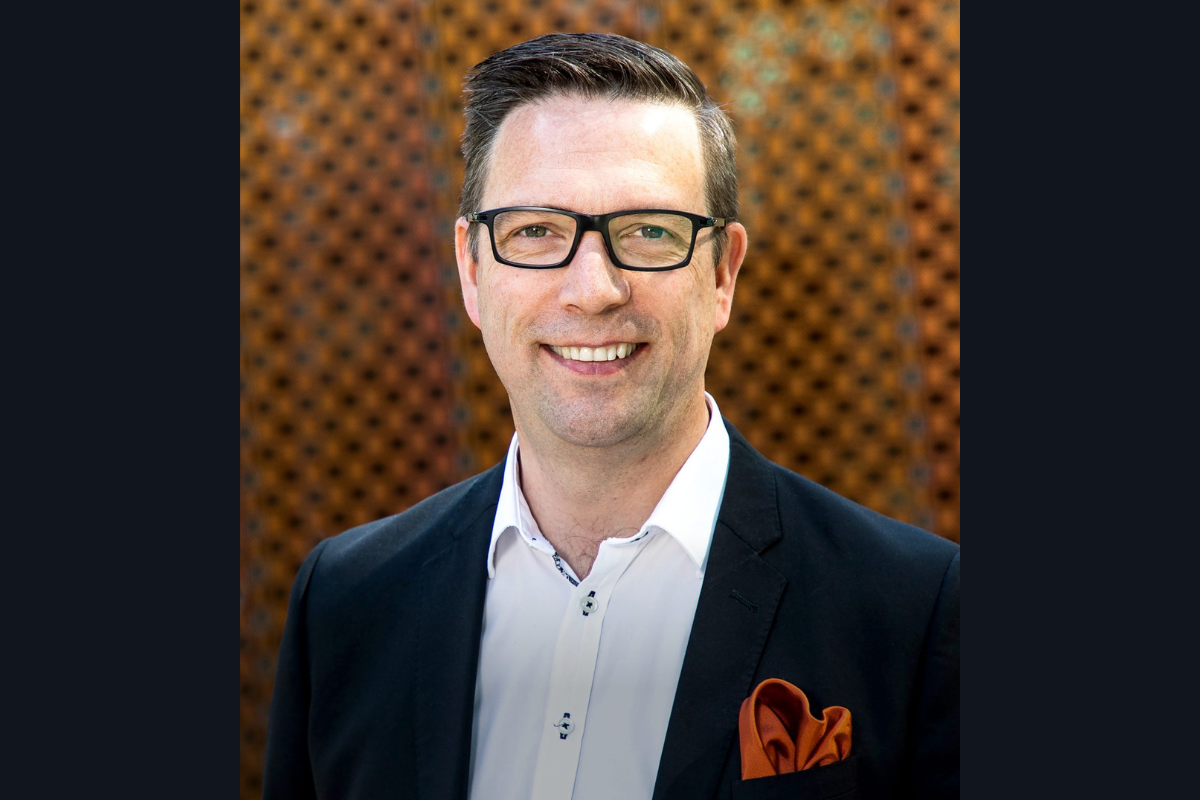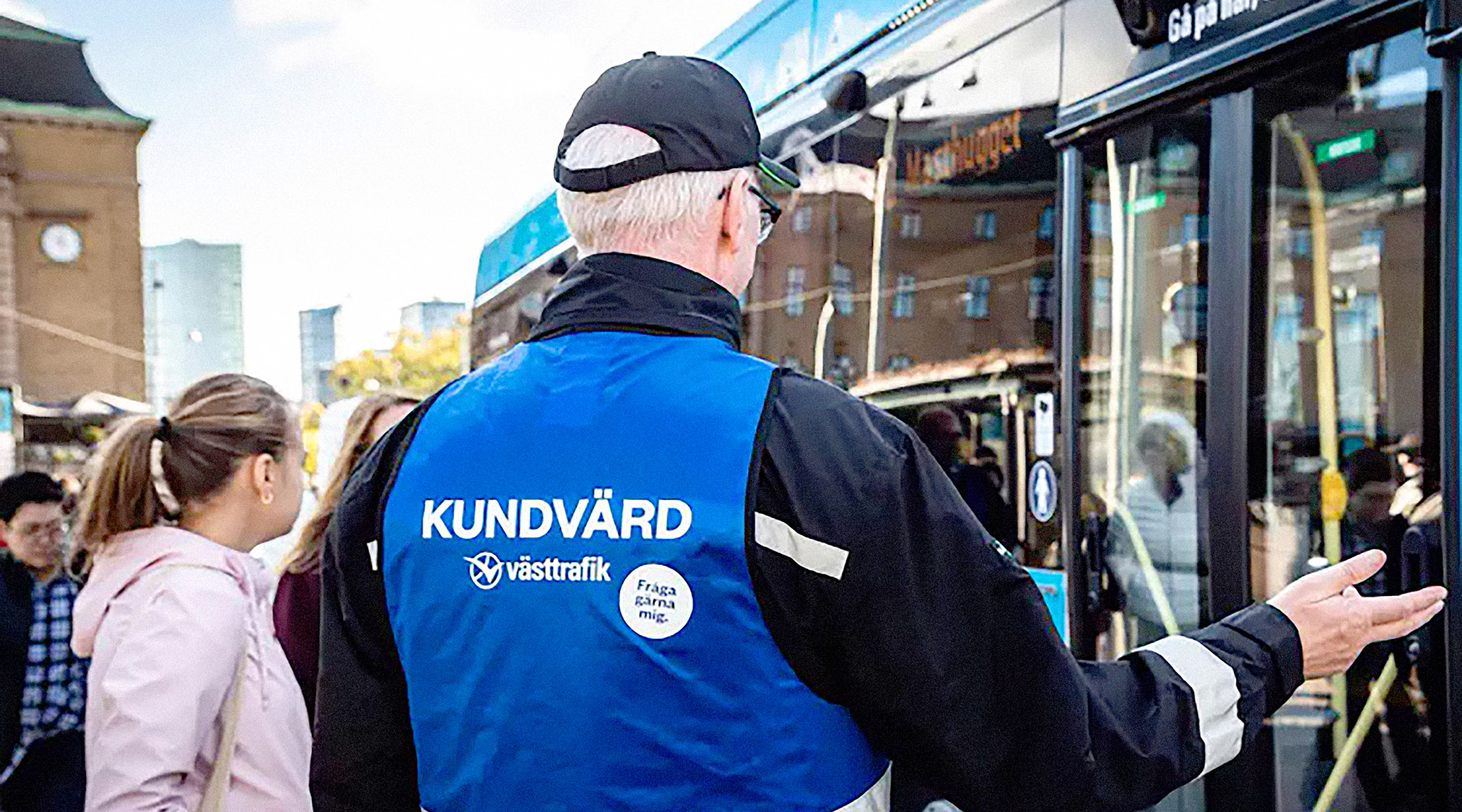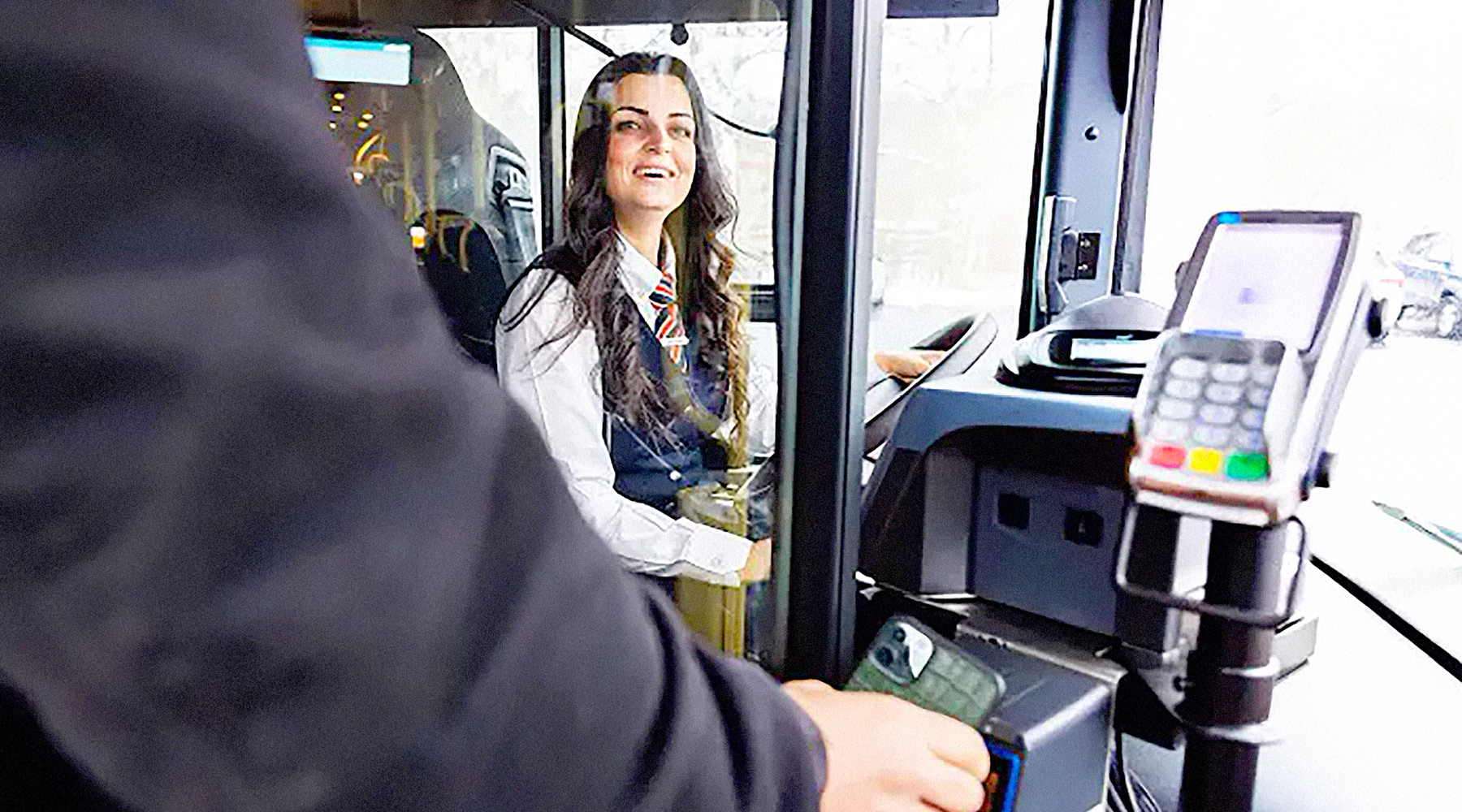Thom Birkeland joined the IT industry during the dotcom era, the mid-to-late 1990s when there was an explosion of internet businesses.

“But we all know the bubble burst,” he tells The CEO Magazine.
A quarter of a century later and now the CIO of Västtrafik, a public transport company in western Sweden, Birkeland feels that the ideas that were swirling around during those early years are finally becoming a reality.
“We are actually realizing the potential of information technology in a way that I find very inspiring,” he reveals.

From Web 2.0 and the rise of social media to Web 3.0, the realization of Industry 4.0 and now the dawn of AI and generative technology, he says the continual evolution of the industry keeps him curious.
“I just continue to see how much we can democratize technology and actually make an impact in every person’s life through the use of technology,” he says.
As the proud public transport authority behind the largest fleet of electric buses in the Nordics, Västtrafik’s mission is to make sustainable travel the norm. Birkeland’s particular focus is on how technology can drive this vision.

We want people to choose sustainable travel as their everyday choice.
“As much as possible, we want people to choose sustainable travel as their everyday choice,” he insists.
While he continues to have one eye on innovating the buses, trams, trains and ferries that connect the region of Västra Götaland, there are also other modes of travel he’s keen to integrate.
“Everything from walking and cycling to e-scootering, car sharing and even ride hailing is of interest to us, particularly if it can be part of a packaged offering of sustainable mobility,” he explains.
On demand
In 2022 alone, more than 300 million trips were made on Västtrafik’s network, many of them daily journeys to and from school and work.
“Traditionally we’ve been really good at commuting, but what about spare time activities?” he asks. “Can we help children get to their piano lesson more easily without having a parent take their car to work in order to be able to get home on time to take their child to practice?”
To answer the question, Birkeland explains that the organization is preparing to pilot demand-driven transportation.
“Whereas our traditional offering would involve a timetabled service serving set bus stops, we are interested in understanding if we can instead get people to log in and specify when they are ready to go,” he explains. “Then we can use that information in real time to reroute vehicles.
“It’s not a taxi – that’s not the idea. It’s still public transportation. But we could be more efficient in transporting people where they want to go, and when.”
For his role in particular, he says there are some interesting technical challenges.
“We not only need to understand the data of our own vehicles and where they are on the road network, but we also need to understand where people are at a particular moment and how they want to move,” he says.

We also need to understand where people are at a particular moment and how they want to move.
Digital solutions are at the core of this shift in how Västtrafik meets its customer needs.
“We are working a lot on our technology foundations and information platforms, and cloud operations are an important enabler for this,” he confirms.
As is the organization’s expertise in IoT.
“We’ve already had a lot of success working with IoT,” he says. “We were quite early in having connected vehicles and collecting data from them. Now we are taking steps toward creating digital twins to understand traffic situations and vehicle whereabouts, among other data points.”
Tailor-made
Since a lot of the products required to power such innovations aren’t readily available off the shelf, Birkeland explains how an internal-external balance has been struck.
“Our strategy is to combine turnkey, best-of-breed solutions that we can buy on the market and implement them in what we develop in-house,” he points out. “We want to ensure that whatever we do, it’s flexible so that we can go out and talk to our customers and tweak anything that needs improvement.”
Relationships with technology suppliers in a number of areas are crucial to achieve the level of service Västtrafik wants to provide to the citizens in the region.

We have this very interesting technology platform that is such a pleasure to work with, but we have this added value of contributing to something of greater importance.
As he enters his fourth year in the role, Birkeland calls the journey so far an eye-opener.
“My background and expertise is in IT, and now I’ve seen just how I can apply this toward Västtrafik’s sustainability and goals,” he says.
Ticket Inspection
Birkeland explains that a combination of passenger accounting and statistics allows Västtrafik to train a machine learning algorithm to predict crowding.
“It also allows us to mathematically model the number of people who are attempting to travel without a ticket, which in turn allows us to understand where, when and how we should use our ticket control resources,” he says.
And for someone always viewing a business through the lens of IT, Birkeland says he’s inspired by what he is learning about sustainability from his colleagues in other departments. Yet, at the same time, he has still been gifted with a compelling tech platform.
“So it’s not a trade-off, and that is important,” he stresses. “We have this very interesting technology platform that is such a pleasure to work with, but we have this added value of contributing to something of greater importance,” he says. “It’s really the best of both worlds.”


